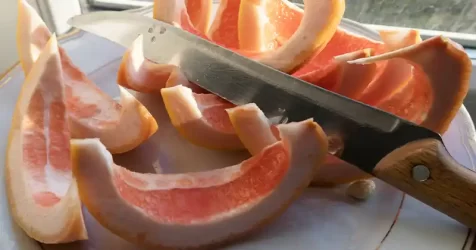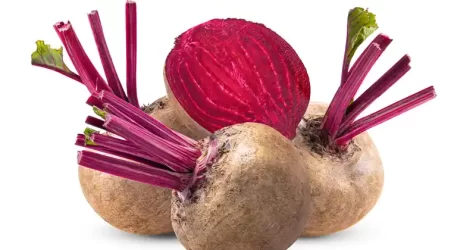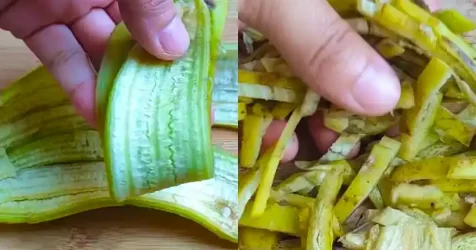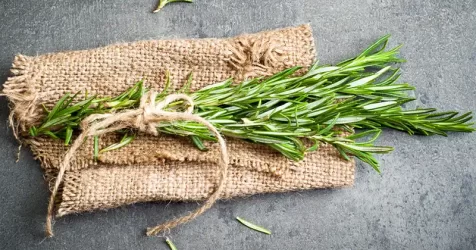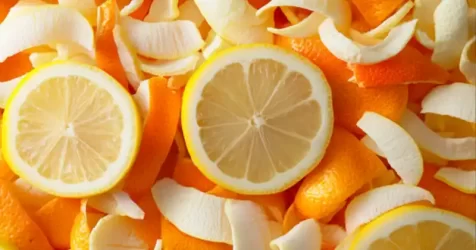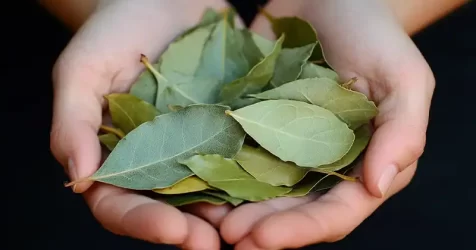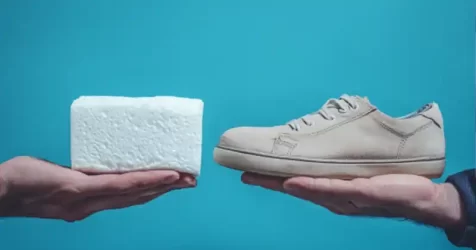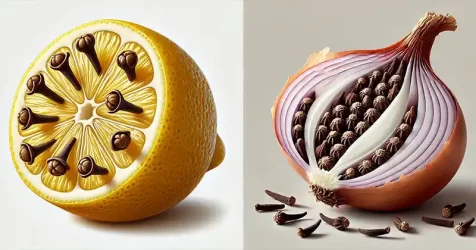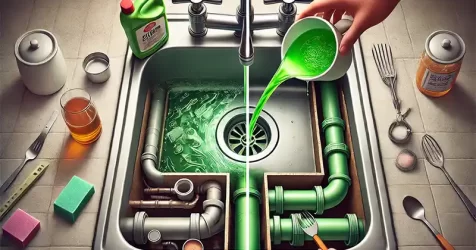Many ways to unclog a kitchen sink: pick the one you like
There are a few ways to unclog the kitchen sink. Let’s talk about each of them, giving tips on how to do it:

Common plunger
The plunger is the most practical way to solve the problem. The vast majority of people have one at home, but if you don’t, you can even find it in supermarkets.
Empty the sink of whatever is in it. The recommended thing is even to take the dish rack away from close, as you may make a little dirt while you are unclogging the sink.
Fit the plunger in the sink drain and make suction movements, in case it comes and goes. If the problem is caused by food scraps or small particles that have fallen into the pipes, they will likely be sucked in and the clog will be resolved.
Open the faucet and let some water fall. If the sink empties, the problem is solved, if not, repeat the suction motion.
Unclogging the pipes

Did the plunger not work? Then you will need to unclog the pipes manually. First empty all the water that is accumulated there. Then remove everything from the sink cabinet and place a bucket underneath while unscrewing the pipes, separating them from the sink and siphon.
Then, throw in some bleach, with the aim of cleaning the pipes. See if the chemical manages to make its way or soon the pipe is giving it all back. If this happens, the clog can be more serious and the ideal is to call a plunger. Indicates that specific techniques and products may be needed to unclog.
Siphon cleaning

The siphon can be dirty and with substances that do not let the water go down towards the sewer. It’s that S-shaped pipe that connects the sink to the plumbing in the house. Unplug it and wash it normally using a little detergent and a sponge.
See if there is any residue accumulated inside the siphon, it could be dry or frozen grease or even other dirt. Use an object to scrape, such as a spatula, if cleaning with water and detergent doesn’t work.
While cleaning the siphon, keep a bucket under the sink, to prevent water and dirt from falling directly on the floor or in the cupboard that surrounds it. If the siphon is very dirty, throw some bleach into it and let it act for a few minutes. Rinse well afterwards.
Vinegar and Baking soda
Baking soda and vinegar are great allies for those who need to unclog the kitchen sink. First you will need to remove any water that has been stagnant since the clog and then start preparing the vinegar and bicarbonate mixture.
First, you’re going to throw a cup of baking soda down the sink drain. You must push the powder into the drain using some object that allows this. It could be the spoon itself. Once you’ve managed to get all the baking soda down the drain, pour a cup of vinegar on top.
Use a lid on the sink to prevent the vinegar from flowing back down the drain and mixing with the baking soda. Wait approximately five minutes and uncover the sink to pour a cup of hot water. See if the water flows normally. If so, did you manage to resolve the clog.
Otherwise, repeat the entire process again.
Salt
The salt method is very similar to the previous one, in which bicarbonate and vinegar are used. With the difference that here we will only use salt and water. Put enough salt in the drain, if necessary you can use a spoon, to ensure that it reaches the pipes that are clogged.
Heat a milk jug with hot water and turn it over the drain. Observe if the water descends normally or if it returns. The little you can get down, then cover the sink with a lid or cloth.
Repeat the process as many times as necessary.
Hot water and detergent
If the clog is linked to excess grease in the pipes, perhaps the common plunger and cleaning the siphon just won’t solve the situation. But before calling the plunger you can try one last alternative that is quite efficient.
Heat a kettle full of hot water. If you don’t have a kettle, it can be a large pot, like those for soup. When it boils, mix a little detergent in the water. It could be the dishwasher detergent itself or a kitchen degreaser.
Pour the mixture down the drain and see if the sink unclogs. The hot water and detergent will melt grease that may have frozen or hardened and set in the pipes. If the problem is just that and it’s not that serious, repeating this process for several days will clear the clog.
Extra tip: Even if the sink isn’t clogged, if you’ve washed dishes or pans that were too greasy, throw in some of the hot water and detergent mixture right after you finish cleaning the sink. That way you avoid the problem.
Soda-based products
If none of the tips worked and you still don’t want to call the plunger, there’s one last alternative. Buy some soda-based product on the market, suitable for unclogging. But be aware that these products are quite dangerous, so be very careful when handling them.
Wear gloves and throw the substance down the drain. Take care not to get it on the skin, as the product burns. Wait the time recommended on the package and then run water to clean the remains. Do not touch the sink while the product is working! And let plenty of water fall to clean it well!
If you think it’s safer you can unscrew the siphon and pour the substance just there, so that it goes towards the pipes. However, care must be taken so that the product does not come back and fall on your skin. That’s why it’s still recommended to throw it down the drain.
